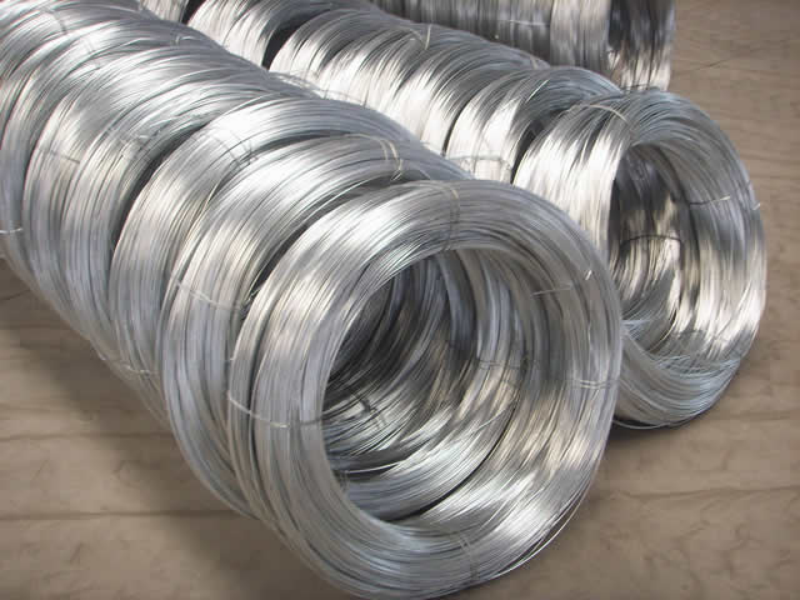
- Mobile Phone
- +8613931874955
- sales@cntcmetal.com
Plaster Bead Types for Perfect Finishes | Quality and Variety
Understanding Plaster Bead Types A Comprehensive Guide
Plaster beads are essential elements in the world of construction and interior design, playing a pivotal role in achieving a refined finish and structural integrity in plaster applications. With various types available, it's crucial to understand each type’s features and practical applications. This article delves into the different plaster bead types, highlighting their uses and benefits.
Understanding Plaster Bead Types A Comprehensive Guide
2. Corner Beads Corner beads protect and reinforce corners, which are among the most vulnerable areas in plaster applications. Available in metal and plastic varieties, corner beads create clean, sharp edges that prevent chipping and cracking over time. Their design facilitates a smooth transition from one wall surface to another, ensuring that corners remain intact and visually appealing. These beads are invaluable in both residential and commercial settings.
plaster bead types

3. Expansion Beads Primarily used in situations where temperature variations might cause expansion or contraction, expansion beads allow the plaster to move without cracking. These beads are often placed in long runs of plaster to accommodate this movement. Made from materials that provide flexibility, expansion beads play a crucial role in maintaining the integrity of plaster finishes, particularly in environments subject to temperature fluctuations.
4. Reveal Beads Reveal beads are utilized to create a recessed effect around windows and doors, enhancing the overall architectural character of a space. By forming a clean and polished edge, reveal beads highlight the transitions between different surfaces and shades of plaster. They can also aid in waterproofing by ensuring that the plaster does not sit directly against window frames or door casings.
5. Angle Beads Angle beads are designed for internal and external applications, offering a well-defined edge at joints or intersections. They help provide a stable surface for plaster to adhere to and guard against damage from everyday wear and tear. Like corner beads, angle beads come in various materials and thicknesses, making them suitable for different plastering tasks.
Conclusion Understanding the different types of plaster beads is essential for achieving high-quality finishes in plasterwork. Each bead type serves a unique purpose, whether for protection, aesthetic enhancement, or structural stability. By selecting the appropriate plaster bead, builders and designers can ensure that their projects not only meet functional requirements but also display a polished and professional appearance. As plastering techniques continue to evolve, so too will the innovations in plaster bead design, ultimately contributing to the longevity and beauty of constructed spaces.
share:
-
Yard Sign Stakes: Reliable Guardians of Outdoor SignsNewsAug.04,2025
-
Wall Ties: Invisible Guardians of Building StabilityNewsAug.04,2025
-
Resilient Web: The Super Guardian Power of Concrete MeshNewsAug.04,2025
-
Masonry Accessories: A versatile assistant on building foundationsNewsAug.04,2025
-
Iron Binding Wire: the 'invisible reinforcement specialist' in the fields of architecture and industryNewsAug.04,2025
-
Dynamic Spring: The diverse functions and excellent performance of Wire Tension SpringNewsAug.04,2025
-
Your Source for Concrete Wall Ties and Masonry AccessoriesNewsJul.10,2025



















